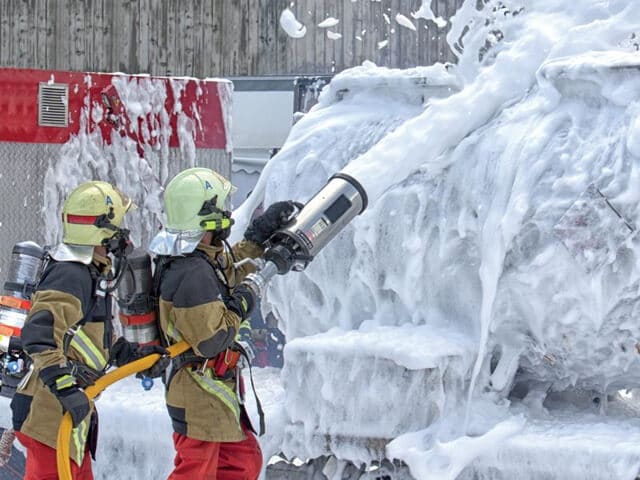Have Any Questions?
+1 646-791-7196
+1 646-791-7196
In January 2021, a Texas man filed a class action lawsuit over dangerous per- and polyfluoroalkyl substances (PFAS) and contamination from AFFF-using facilities, in addition to the individual AFFF cases brought by current and past firemen.

AFFF: What Is It?
Aqueous film forming foam, generally known as AFFF, is a type of firefighting foam used to put out liquid fuel fires. It’s water blended with a concentrate.
Using foam to put out fires spread like wildfire in the 1960s. In the 1970s, the Department of Defence first used it on military installations. Since then, it has been utilised by both military and civilian firemen for decades in training and fire suppression.
The EPA and the Agency for Toxic Substances and Disease Registry have connected PFAS to a number of health issues, including:
The International Agency for Research on Cancer (IARC) states that PFAS in AFFF are hazardous and potentially carcinogenic to animals as well as humans. PFOA is classified by the IARC as a group 2B carcinogen, which denotes that it may "possibly" cause cancer in humans.
According to AFFF cases, businesses had access to studies demonstrating PFAS toxicity in animals as early as the 1960s. And by the 1980s, studies on PFAS had established that those who were exposed to the chemicals had a higher risk of developing certain cancers and other harmful health impacts.
The current legal dispute is not the first time AFFF companies have been the target of PFAS toxicity-related claims.
To resolve 3,550 injury lawsuits resulting from PFOA environmental pollution from the West Virginia Washington Works Plant, DuPont and Chemours agreed to pay $670.7 million in 2017. The businesses rejected any wrongdoing.
The businesses have now dealt with dozens more cases.
According to Bloomberg, an Ohio jury ruled in March 2020 that DuPont had to pay $50 million to Travis Abbot, who claimed that drinking water contaminated with PFOA caused him to develop testicular cancer.